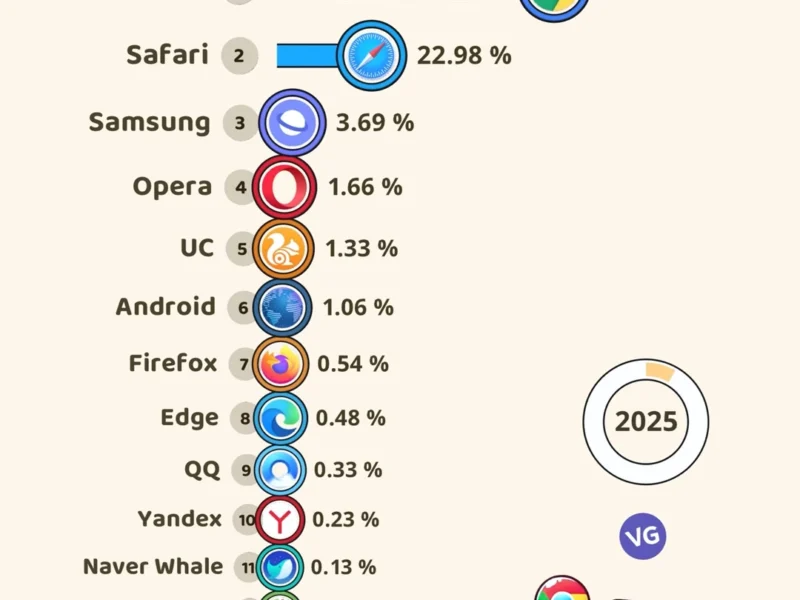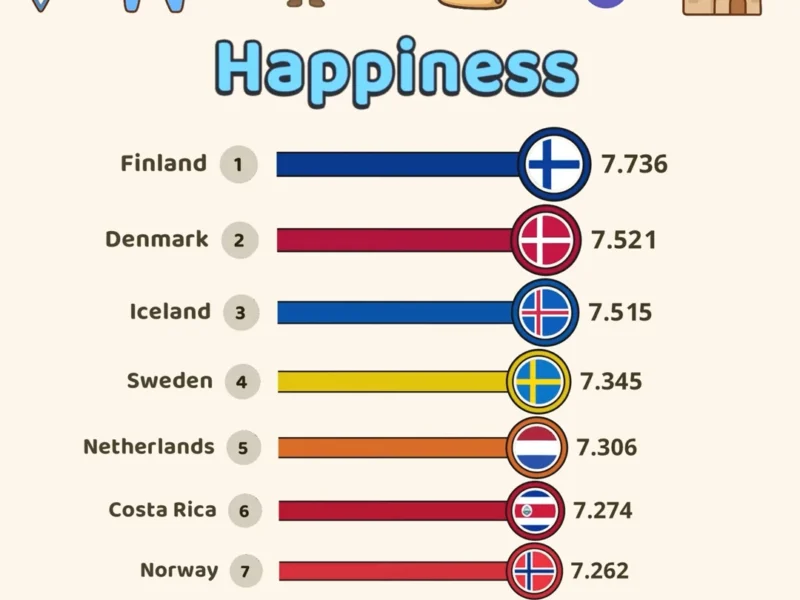Introduction: Unveiling the Tapestry of Nigeria’s Population
Nigeria, a tapestry woven with diverse threads of ethnicity, culture, and demography, unveils a captivating tale of its population dynamics. This sprawling nation, home to over 200 million souls, is a melting pot of complexity and potential, where each statistic and trend whispers stories of resilience, challenges, and the promise of a vibrant future. As we delve into the intricacies of Nigeria’s demographics, we unravel a rich tapestry that invites us to appreciate the nuances that shape this nation’s trajectory.
The Melting Pot: Ethnic and Cultural Diversity in Nigeria
Nigeria’s ethnic and cultural diversity is a kaleidoscope of traditions, languages, and customs that paint a vivid mosaic across the nation’s landscape. From the Hausa in the north to the Yoruba in the southwest, and the Igbo in the southeast, each group contributes a unique thread to the tapestry, weaving a vibrant and intricate pattern. This diversity is not merely a reflection of Nigeria’s past but also a testament to its present and future, where the harmonious coexistence of different cultures holds the key to unlocking the nation’s true potential.
A Youthful Nation: Nigeria’s Age Distribution and Its Implications
One of the most striking features of Nigeria’s demographic landscape is its youthful population. With a median age of just 18 years, Nigeria boasts a dynamic and energetic workforce, brimming with potential and ambition. This youthful vigor presents both opportunities and challenges, as the nation grapples with the task of providing adequate education, healthcare, and employment opportunities for its burgeoning young populace. Harnessing the energy and creativity of this demographic dividend holds the promise of propelling Nigeria towards unprecedented economic growth and social progress.
Fertility Fortunes: Exploring Nigeria’s Fertility Rates and Trends
Intertwined with Nigeria’s youthful population is the nation’s fertility rate, a multifaceted tapestry of cultural, socioeconomic, and geographical influences. While the overall fertility rate has shown a gradual decline in recent years, regional disparities persist, with some states exhibiting higher rates than others. Understanding the intricate interplay of factors shaping these trends is crucial for devising effective policies that promote reproductive health, women’s empowerment, and sustainable population growth.
The Urban Exodus: Migration Patterns and Urbanization in Nigeria
Nigeria’s population dynamics are further shaped by the ebb and flow of internal migration, as rural communities witness an exodus towards urban centers. This urban drift, fueled by the pursuit of economic opportunities and better living standards, has led to the rapid growth of megacities like Lagos and Abuja. However, this trend also presents challenges, such as strained infrastructure, housing shortages, and the need for sustainable urban planning. Striking a balance between rural development and urban growth is imperative for ensuring a harmonious coexistence between Nigeria’s urban and rural populations.
Remittances: The Lifeblood of Nigeria’s Economy
In the intricate tapestry of Nigeria’s demographics, remittances play a vital role, serving as a lifeblood for countless households and communities. The inflow of funds from Nigerians living and working abroad has become a significant economic force, contributing to household incomes, supporting investments, and driving local economies. Understanding the patterns and impact of remittances is crucial for policymakers, as they strive to facilitate and optimize this crucial financial lifeline for the nation’s development.
Trafficking in Human: A Scourge on Nigeria’s Society
Amidst the vibrant threads of Nigeria’s demographic tapestry, a dark stain mars its beauty – the scourge of human trafficking. This heinous practice has ensnared countless lives, exploiting the vulnerable and robbing them of their dignity and freedom. While efforts have been made to combat this menace, much work remains to be done to eradicate it from the fabric of Nigerian society. Addressing the root causes, strengthening legal frameworks, and raising awareness are paramount in liberating the victims and ensuring that every Nigerian can live a life of dignity and opportunity.
The Scourge of Human Trafficking for Prostitution
One of the most insidious forms of human trafficking in Nigeria is the exploitation of individuals, predominantly women and girls, for the purposes of prostitution. This deplorable practice not only violates fundamental human rights but also inflicts deep psychological and physical scars on its victims. Shedding light on the extent and patterns of this issue is crucial for galvanizing concerted efforts to dismantle the networks that perpetuate this modern-day slavery and provide comprehensive support and rehabilitation services to survivors.
Unraveling the Web: Country of Origin and Trafficking Routes
To combat the scourge of human trafficking effectively, it is imperative to understand the intricate web of routes and countries of origin from which victims are trafficked into Nigeria. This knowledge is essential for fostering international cooperation, strengthening border controls, and dismantling the criminal organizations that facilitate this illicit trade. By unraveling this web, Nigeria can forge stronger partnerships with neighboring nations and the global community, working in unison to disrupt the supply chains that fuel this abhorrent practice.
Victims of Circumstance: Age Groups and Human Trafficking
Age is a critical factor in the dynamics of human trafficking, with different age groups facing varying degrees of vulnerability and exploitation. Children and youth, their innocence and dreams shattered, are particularly susceptible to being ensnared in this insidious trade. Understanding the age-specific patterns and risks is crucial for tailoring targeted interventions and support mechanisms that address the unique needs of each age group, ensuring that no Nigerian is left behind in the fight against this scourge.
Reproductive Health: Navigating Nigeria’s Fertility Landscape
Nigeria’s fertility landscape is a tapestry interwoven with cultural traditions, socioeconomic factors, and access to healthcare services. Improving reproductive health outcomes is not merely a matter of statistics but a journey that empowers women, strengthens families, and shapes the nation’s future. By exploring the nuances of this intricate landscape, policymakers can devise holistic strategies that promote education, increase access to family planning resources, and foster an environment where every Nigerian woman can make informed choices about her reproductive health.
Contraceptive Conundrums: Usage, Challenges, and Disparities
At the heart of Nigeria’s reproductive health landscape lies the issue of contraceptive usage, a complex tapestry of awareness, accessibility, and cultural attitudes. Regional disparities in contraceptive prevalence rates highlight the need for targeted interventions that address the unique challenges faced by different communities. By unraveling the factors that influence contraceptive usage, Nigeria can pave the way for empowering women, reducing unintended pregnancies, and promoting healthier families and communities.
Birthing Realities: Maternal Health and Childbirth in Nigeria
The journey of motherhood is a sacred and transformative experience, but for many Nigerian women, it is also fraught with challenges and risks. Maternal health and childbirth are intrinsically linked to a nation’s demographic trajectory, with outcomes shaped by access to quality healthcare, skilled birth attendants, and essential facilities. By shedding light on the birthing realities across Nigeria’s diverse regions, stakeholders can identify areas of urgent intervention, promote safe motherhood practices, and ensure that every Nigerian child is welcomed into the world under the best possible circumstances.
Vital Statistics: A Window into Nigeria’s Population Dynamics
At the heart of understanding Nigeria’s demographic tapestry lies the realm of vital statistics – the numerical threads that weave together births, deaths, and migrations. These statistics serve as a window into the nation’s population dynamics, providing valuable insights for policymakers, researchers, and stakeholders. By analyzing and interpreting these vital signs, Nigeria can better anticipate and respond to emerging trends, allocate resources effectively, and chart a course towards sustainable population growth and development.
Birth Registration: Uncovering Nigeria’s Birth Records
Birth registration is more than a mere administrative process; it is a fundamental right that ensures every Nigerian child’s existence is recognized and their access to essential services is secured. However, disparities in birth registration rates across Nigeria’s diverse regions paint a complex picture, highlighting the need for targeted interventions and awareness campaigns. By uncovering the barriers and challenges that hinder universal birth registration, Nigeria can pave the way for a future where every child’s identity and rights are safeguarded from the moment they take their first breath.
Geographical Variations: Birth Registration across States and Regions
Nigeria’s vast expanse and diverse cultural tapestry manifest in the intricate patterns of birth registration rates across its states and regions. From the bustling urban centers to the remote rural communities, the challenges and successes in documenting newborn arrivals vary, reflecting the complex interplay of socioeconomic factors, accessibility, and cultural norms. By exploring these geographical variations, policymakers can tailor targeted strategies that address the unique barriers faced by each region, ensuring that no Nigerian child is left behind in the pursuit of universal birth registration.
Peering into the Future: Population Projections and Implications
As Nigeria’s demographic tapestry continues to evolve, population



